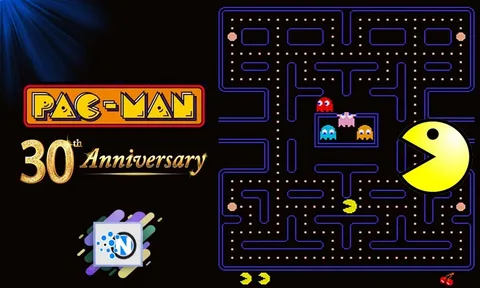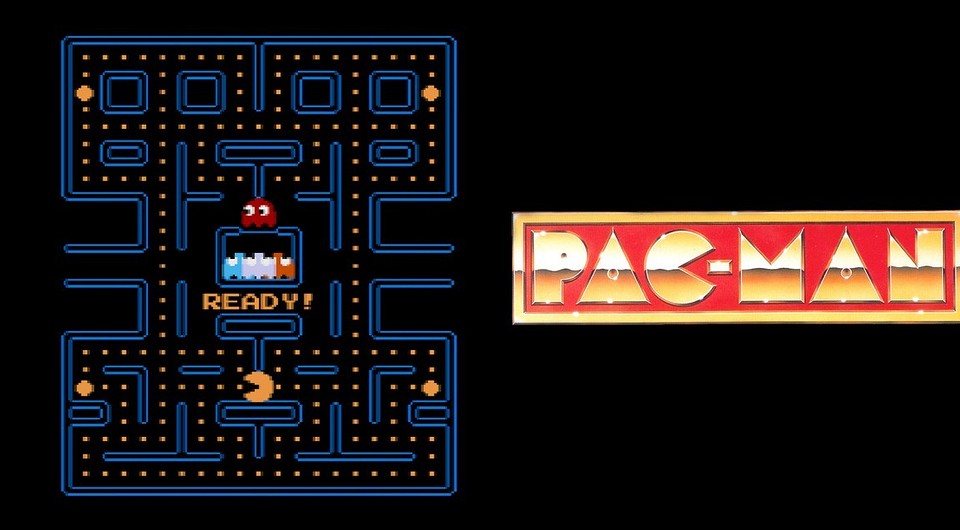In 2010, the gaming world celebrated a landmark event — the 30th anniversary of Pac-Man, arguably one of the most beloved and influential vid
In 2010, the gaming world celebrated a landmark event — the 30th anniversary of Pac-Man, arguably one of the most beloved and influential video games in history. Since its launch in 1980, Pac-Man has transcended its humble arcade origins to become a cultural icon, a pioneer in game design, and a symbol recognized worldwide. This milestone offered an opportunity to reflect on the game’s origins, its massive impact on the video game industry, and its enduring legacy nearly 30 years later.
This comprehensive article dives deep into the story of Pac-Man, explores how the 30th anniversary was commemorated, and explains why this simple yet captivating game remains relevant today.
Must visit: tradeinfinite

The Birth of a Legend: How Pac-Man Came to Be
The late 1970s marked the golden age of arcade gaming, with titles mostly revolving around space shooters like Space Invaders and sports simulations. Toru Iwatani, a young game designer at Namco, wanted to break the mold and create a game with mass appeal — one that could attract both male and female players and families.
Inspired by a pizza missing a slice, Iwatani sketched a yellow circle with a wedge-shaped mouth, which became Pac-Man. Unlike the existing shoot-em-up games, Pac-Man’s gameplay was unique: players navigated Pac-Man through mazes, eating pellets while avoiding four colorful ghosts. Power pellets reversed the roles temporarily, allowing Pac-Man to chase and eat the ghosts, adding a thrilling twist.
Released first in Japan in May 1980, Pac-Man rapidly gained traction internationally and became an unprecedented arcade success.
What Made Pac-Man Revolutionary and Iconic?
Broad Appeal and Accessibility
Where many games targeted young males, Pac-Man’s non-violent, colorful, and charming design welcomed players of all ages and genders, including women — a largely untapped demographic in gaming.
Distinct Personalities and AI in Ghosts
The four ghosts — Blinky, Pinky, Inky, and Clyde — had different AI patterns and personalities, introducing a new level of challenge and strategic depth.
Simple Yet Engaging Gameplay
With straightforward controls and intuitive goals, Pac-Man was easy to learn but difficult to master, encouraging repeated plays.
Catchy Sound Design and Visuals
The memorable “waka-waka” eating sound and bright, colorful mazes made Pac-Man instantly recognizable and addictive.
The Cultural Explosion: Pac-Man Goes Global
Beyond the arcade, Pac-Man became a cultural phenomenon:
- Merchandise: From toys to clothing, the franchise expanded aggressively into consumer goods.
- TV Show: The 1982 animated series introduced the characters and stories to a wider audience.
- Music: “Pac-Man Fever” by Buckner & Garcia became a pop hit.
- Symbol of Gaming: Pac-Man became an emblem of video game culture worldwide.
Celebrating the 30th Anniversary in 2010
The 30th anniversary was more than a nostalgic look back; it was a celebration of a living franchise still evolving.
Game Releases and Remasters
- Pac-Man Championship Edition DX: A fast-paced, visually stunning reimagining that captured the spirit of the original while adding modern elements.
- Mobile Versions: Pac-Man was adapted for smartphones and tablets, reaching a new generation.
- Party Games: Titles such as Pac-Man Party expanded gameplay into multiplayer and party modes.
Special Editions and Collectibles
Limited edition arcade cabinets, apparel, and collectibles were released to mark the occasion.
Exhibitions and Events
Museums and gaming expos worldwide held retrospectives, featuring original arcade machines, artwork, and memorabilia.
Fan and Online Engagement
Social media contests, speedrunning competitions, and fan art challenges helped energize the community around the anniversary.
Why Pac-Man Remains a Timeless Classic
Gameplay That Stands the Test of Time
The core mechanics of eating pellets, avoiding ghosts, and strategically using power pellets remain compelling.
Nostalgia Factor
For many, Pac-Man symbolizes the arcade golden age and childhood memories.
Continuous Evolution
Pac-Man has successfully adapted to new platforms and technologies — from home consoles to mobile devices and even VR.
Iconic Cultural Status
Appearances in films, commercials, and pop culture references keep Pac-Man relevant beyond gaming.
The Lasting Legacy of Pac-Man on the Gaming Industry
- Pioneering Game Mascot: Pac-Man set the standard for character-driven video games, inspiring many mascots that followed.
- Innovative AI: The ghost behaviors were among the first complex enemy AI in gaming.
- Expanding the Market: Pac-Man helped bring women and casual players into arcades and gaming.
- Multimedia Franchise: Beyond games, Pac-Man showed that video game characters could thrive across media and merchandise.
How Pac-Man Has Evolved Over the Last 30 Years
The 1980s: The Arcade Boom
Following the success of the original game, Ms. Pac-Man and several sequels further established the franchise’s popularity.
The 1990s: Transition to Home Consoles
Pac-Man was ported to major consoles like NES and Game Boy, making it accessible outside arcades.
The 2000s: Digital and Mobile Revival
With mobile gaming’s rise, Pac-Man found new life on phones and handhelds, often with updated graphics and gameplay modes.
2010 and Beyond: Modern Remasters and New Experiences
The 30th anniversary revitalized interest with new titles, collectibles, and global celebrations, ensuring Pac-Man’s place in modern gaming.
Frequently Asked Questions (FAQs)
Q1: When was Pac-Man first released?
Pac-Man was originally released in Japan in May 1980.
Q2: Who designed Pac-Man?
Toru Iwatani, a designer at Namco, created Pac-Man.
Q3: What is the gameplay objective?
Players guide Pac-Man through mazes to eat all pellets while avoiding ghosts. Power pellets allow Pac-Man to eat ghosts temporarily.
Q4: What are the ghost characters’ names and behaviors?
The ghosts are Blinky (red, aggressive), Pinky (pink, ambushes), Inky (blue, unpredictable), and Clyde (orange, random).
Q5: How was the 30th anniversary celebrated?
Through new game releases, merchandise, exhibitions, and community events.
Q6: Why is Pac-Man so important in gaming history?
It introduced character-driven gameplay, broadened gaming demographics, and remains one of the most influential games ever.
Q7: Is Pac-Man still popular today?
Yes, the franchise continues to release new games and is a beloved cultural icon.
Conclusion
The 30th anniversary of Pac-Man was not only a celebration of a beloved game but a recognition of its massive influence on gaming and popular culture. Over three decades, Pac-Man transformed from a simple maze-chasing arcade game into a symbol of innovation, accessibility, and enduring fun. Its timeless gameplay, memorable characters, and cultural reach have ensured that Pac-Man remains relevant to new generations of gamers and enthusiasts.
As the gaming industry continues to evolve, the legacy of Pac-Man serves as a reminder of how simple ideas, thoughtful design, and broad appeal can create an icon that lasts for decades. Whether playing the original arcade cabinet or a modern remake on a smartphone, Pac-Man’s magic continues to captivate players around the world.




COMMENTS